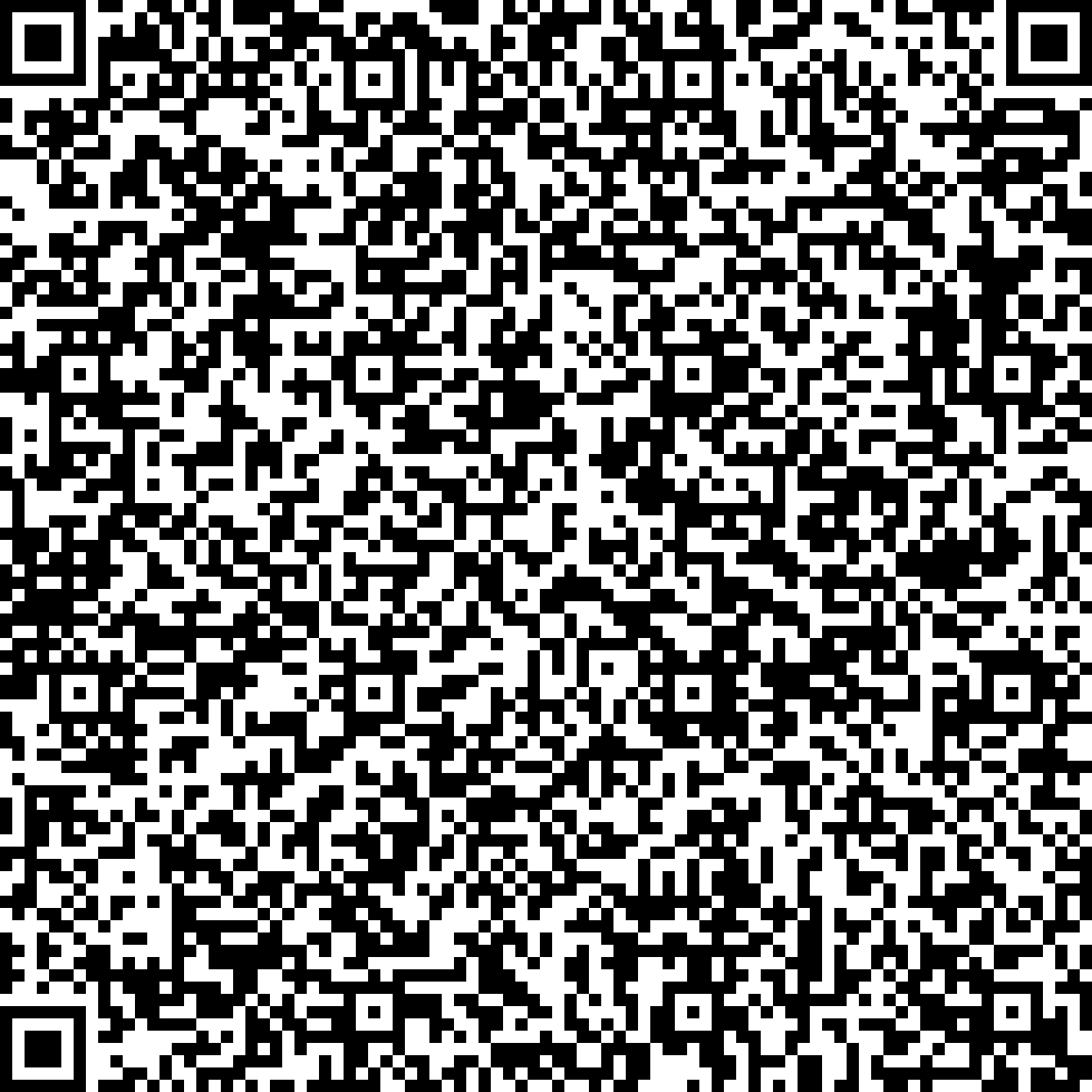

In drug delivery, intensive research is being carried out to develop ‘intelligent’ nanocarriers that are capable of efficiently delivering biopharmaceuticals (nucleic acids, peptides, proteins) to target cells. Advanced fluorescence microscopy methods are indispensable to obtain better insight in the ability of nanomedicines in crossing biological barriers that are of relevance to the drug delivery process. In this lecture, several of these microscopy techniques will be introduced and examples will be given of their application to studying the interaction of nanomedicines with various biological barriers, such as the blood circulation, extracellular tissues as well as cells. It will be illustrated how this knowledge is essential to optimize the design of these nanocarriers in a rational manner in order to increase their drug delivery efficiency.


In drug delivery, intensive research is being carried out to develop ‘intelligent’ nanocarriers that are capable of efficiently delivering biopharmaceuticals (nucleic acids, peptides, proteins) to target cells. Advanced fluorescence microscopy methods are indispensable to obtain better insight in the ability of nanomedicines in crossing biological barriers that are of relevance to the drug delivery process. In this lecture, several of these microscopy techniques will be introduced and examples will be given of their application to studying the interaction of nanomedicines with various biological barriers, such as the blood circulation, extracellular tissues as well as cells. It will be illustrated how this knowledge is essential to optimize the design of these nanocarriers in a rational manner in order to increase their drug delivery efficiency.